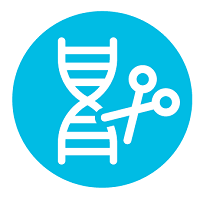Advances in Discovery, Formulation, and Delivery of New Modalities
Rapid Fire: Drug Delivery for New Modalities and Therapies
What Does “Biorelevant” Mean for Oral Peptides?
Wednesday, May 15, 2024
3:00 PM - 3:15 PM PT
Location: Yosemite BC

Tahnee J. Dening, PhD (she/her/hers)
Principal Scientist
Genentech, Inc.
South San Francisco, California
Rapid Fire Speaker(s)
Peptide drugs face several barriers to oral delivery, including enzymatic degradation in the gastrointestinal tract and low membrane permeability. Importantly, the direct interaction between various biorelevant colloids (i.e. bile salt micelles and bile salt-phospholipid mixed micelles) present in the aqueous gastrointestinal environment and peptide drugs has been poorly studied and is not well understood, which is in stark contrast to small molecule drugs. An improved understanding of peptide drug-bile salt interactions in solution is essential, especially given large inter- and intra-individual variability in bile salt concentrations in vivo which may contribute to low and variable oral peptide bioavailability (typically <0.1%). The aim of this work was to investigate the interaction of model peptide drugs with biologically relevant bile salts in solution, as well as commercially available biorelevant media. Our results suggest that water-soluble peptide drugs do interact with biorelevant media to a significant extent, and that peptide drugs interact with dihydroxy bile salts (not present in commercially available biorelevant media) to a greater extent than they do with trihydroxy bile salts. Thus, is commercially available biorelevant media truly “biorelevant” for peptide drugs?
Learning Objectives:
- Upon completion, participant will have an improved understanding of the challenges and barriers related to oral peptide delivery
- Upon completion, participant will be able to consider the impact of bile salt/phospholipid colloids on peptide solution behavior and oral delivery
- Upon completion, participant will have an improved understanding of the application and utility of nuclear magnetic resonance (NMR) spectroscopy for understanding molecular level solution interactions that are relevant to drug delivery

